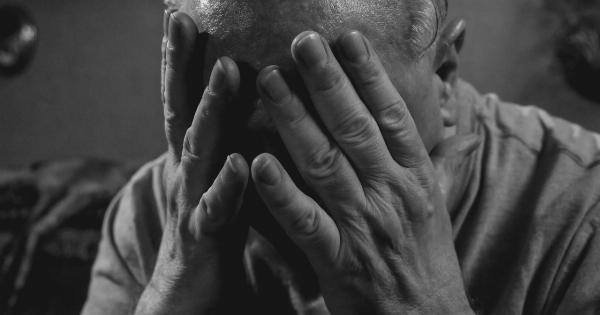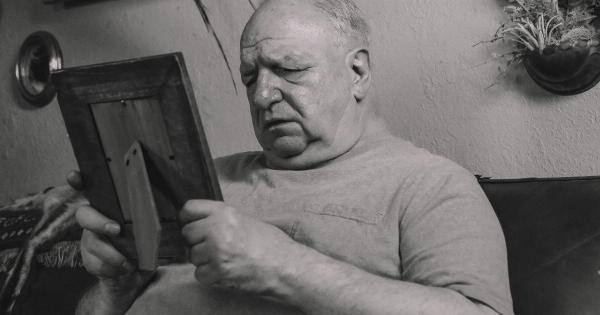When it comes to discussing the male reproductive organ, many topics might arise, from size and shape to performance and health. One aspect that often draws attention is a bent penis.
While a straight penis is considered the norm, it is essential to know that having a bent penis is not necessarily a cause for concern. In fact, the majority of men possess some degree of curvature.
Types of Penis Curvature
Penises can bend in various directions, leading to different types of curvature. Here are some common forms:.
1. Congenital Curvature
This type of curvature is present from birth and is generally caused by irregular development or differences in tissue elasticity. Congenital curvature often manifests during puberty when the penis begins to grow.
2. Peyronie’s Disease
Peyronie’s disease is a condition in which scar tissue, known as plaques, forms inside the penis. As a result, the penis may develop an abnormal bend when erect. This condition can cause discomfort and may interfere with sexual function.
3. Induced Curvature
Sometimes, a penis can become bent due to an injury or trauma to the genital area. Fractures or tears in the penile tissue can lead to curvature and should be addressed promptly to prevent further complications.
4. Age-Related Changes
With age, some men might notice a slight increase in penile curvature. This is typically due to the gradual loss of elasticity in the penile tissues.
While it is a normal part of the aging process, extreme curvature or changes should be discussed with a healthcare professional.
When to Seek Medical Advice
While most cases of penile curvature are harmless, there are instances where medical attention should be sought:.
1. Pain or Discomfort
If the curvature is accompanied by pain or discomfort that interferes with sexual activity, it is recommended to consult a doctor. Pain may indicate an underlying condition that requires treatment.
2. Erectile Dysfunction
If the curvature hinders achieving or maintaining an erection, it is essential to discuss the issue with a healthcare professional. Erectile dysfunction can have physical or psychological causes and can often be treated.
3. Sudden or Severe Curvature
If the curvature develops rapidly or becomes severe, it may be a sign of trauma or Peyronie’s disease. Seeking prompt medical help can aid in accurate diagnosis and appropriate treatment.
Treatment Options
Fortunately, there are several treatment options available for those concerned about the curvature of their penis. Some common approaches include:.
1. Medication
For men with Peyronie’s disease, certain medications can help reduce the formation of scar tissue and relieve associated symptoms. These medications should be used under the guidance of a healthcare professional.
2. Physical Therapy
Physical therapy exercises, such as penile traction devices or stretching exercises, might be recommended to alleviate mild curvature. These exercises aim to straighten the penis over time.
3. Surgery
In severe cases or when other treatments fail, surgery may be an option. Surgical procedures can correct the curvature and restore functionality.
It is crucial to discuss the risks, benefits, and potential outcomes with a qualified urologist before considering surgical intervention.
Living with a Bent Penis
It is vital to remember that many men lead healthy and satisfying sexual lives with a bent penis. Open communication, understanding, and experimentation with different sexual positions can help overcome any potential challenges that may arise.
If the curvature does not cause pain or affect sexual function, acceptance and self-love are fundamental in fostering a positive body image.
Conclusion
A bent penis is more common than often realized, and most men experience some degree of curvature. While congenital curvature is usually harmless, Peyronie’s disease or induced curvature may require medical attention.
Remember, seeking professional advice is crucial if pain, discomfort, or erectile dysfunction is present. Treatment options, such as medication, physical therapy, or surgery, can address more severe cases. Ultimately, embracing one’s unique penile shape and maintaining a positive body image are essential for a fulfilling sexual life.





























